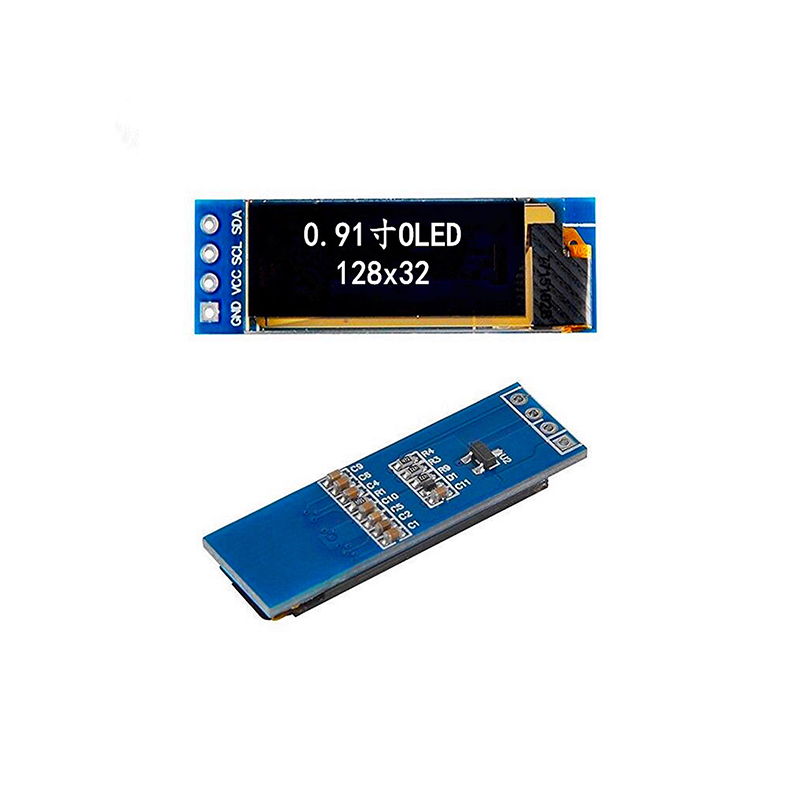
This guide explores the world of vertical alignment (VA) LCD displays, helping you choose the best VA LCD for your needs. We'll cover key features, compare different models, and address common concerns to ensure you make an informed decision. Learn about contrast ratios, response times, viewing angles, and more to find the perfect VA LCD for your specific application.
Vertical Alignment (VA) technology is a type of liquid crystal display (LCD) known for its excellent contrast ratios and deep blacks. Unlike IPS or TN panels, VA panels achieve this by using liquid crystals that align vertically. This allows for more precise light control and significantly reduces backlight bleed, resulting in superior image quality, especially in dark scenes. However, it’s important to note that VA panels sometimes have slower response times compared to IPS or TN panels, which can lead to noticeable ghosting or blurring in fast-paced action scenes.
VA panels offer several key benefits: Exceptional contrast ratios, producing richer blacks and more vibrant colors; Wide viewing angles, though not quite as wide as IPS panels; Relatively affordable compared to other high-end display technologies. For applications where deep blacks and high contrast are paramount, such as photo and video editing, gaming, and movie watching, a best VA LCD is often the preferred choice.
While VA panels excel in contrast, they also have some drawbacks. Response times can be slower than IPS or TN panels, potentially leading to noticeable motion blur; Some VA panels can exhibit a slight glow effect, particularly in dark scenes; Color accuracy may not be as consistent as with IPS panels across all viewing angles.
The resolution (e.g., 1080p, 1440p, 4K) dictates the sharpness and detail of the image. The screen size impacts the viewing experience and the overall desk space required. Consider your intended use and available space when selecting the appropriate resolution and size.
Response time measures how quickly a pixel changes color, while the refresh rate indicates how many times per second the image is updated. Faster response times (measured in milliseconds, ms) and higher refresh rates (measured in Hertz, Hz) are essential for smooth motion in games and videos. A low response time is crucial when selecting the best VA LCD for gaming.
Contrast ratio measures the difference between the brightest white and the darkest black a display can produce. Higher contrast ratios result in more impactful images with deeper blacks. Brightness (measured in nits or cd/m2) determines how well the screen is visible in different lighting conditions. For a home theatre setup, a high contrast ratio is a significant factor when choosing the best VA LCD.
VA panels generally offer wide viewing angles, but they may not be as consistent as IPS panels. Consider the viewing angles relevant to your usage scenario. If you frequently share the screen with others, wide viewing angles are paramount.
| Model | Resolution | Response Time | Refresh Rate | Contrast Ratio |
|---|---|---|---|---|
| Model A | 1920x1080 | 1ms | 144Hz | 3000:1 |
| Model B | 2560x1440 | 4ms | 75Hz | 3500:1 |
| Model C | 3840x2160 | 5ms | 60Hz | 4000:1 |
Note: Specific model names and specifications are omitted to avoid endorsing specific brands. Consult current manufacturer websites for up-to-date information.
The best VA LCD is subjective and depends on your individual needs and preferences. Carefully consider the factors discussed above, such as resolution, response time, contrast ratio, and brightness, to make an informed decision. Read reviews from reputable sources and compare specifications before making a purchase. For high-quality VA LCD options, consider exploring advanced features such as HDR support, local dimming, and color accuracy certifications.
Remember to check the specifications and reviews on the manufacturer's website before purchasing. For high-quality LCD panels, consider checking out Dalian Eastern Display Co., Ltd. for various LCD solutions.












